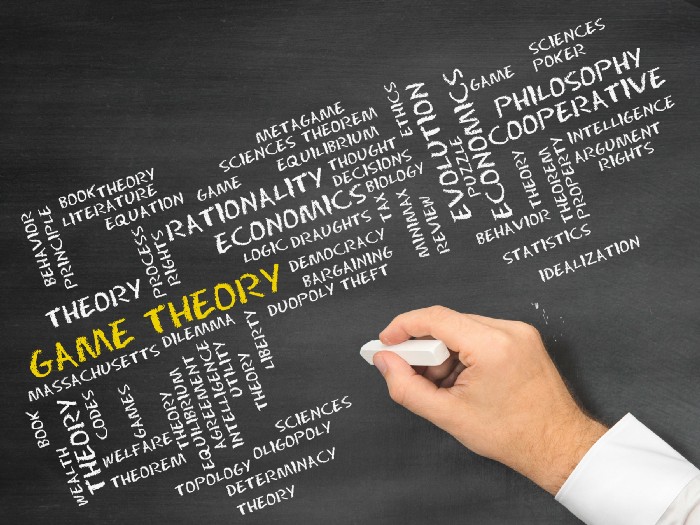Vaccination is no game — but game theory can help

Millions of people are waiting for a Covid-19 vaccination — but how can we make sure enough people get the shot to offer protection to large swaths of society? A variety of factors determine how an epidemic spreads through a society, including how contagious it is, how it affects different groups, and how lethal it is. Another key set of factors is the interventions that the society takes to slow or stop the spread, encompassing receiving vaccinations; wearing masks; and social distancing (six-foot separations, quarantines, lockdowns, etc.).
Policymakers must not only understand the characteristics of an ongoing epidemic but also effectively implement interventions to slow the transmission of the disease. The effectiveness of interventions depends on the extent to which individuals in the society adopt them.
If groups of individuals choose not to be vaccinated, wear masks, or follow social distancing guidelines, those actions will have implications for the spread of the disease throughout the entire population. A key challenge is that individuals may have different perceptions of the risk of catching the disease, the health effects, or the costs of adopting the intervention. Individuals may feel that they are unlikely to catch the disease, the health effects may be minor, or the inconvenience or personal consequences of adopting the intervention are too great.
These perceptions and individual biases, when misaligned with reality, can reduce the adoption and effectiveness of interventions and must be accounted for when planning public policy. To guide the design of appropriate interventions, it is useful to have a formal, rigorous framework that allows us to gain insights into potential outcomes under different scenarios.
Game theory provides one framework for capturing decision-making by different individuals. It considers groups of individuals, each of whom can take certain actions. Each individual has a “utility function,” which indicates how much benefit that individual receives when taking a certain action and when others are taking their own actions. Game theory offers a way to understand the actions taken by the individuals to gain the most benefit in such situations.
A common example of a game-theoretic problem is the classical “El Farol Bar Problem,” developed in the early 1990’s, well before COVID-19-related social distancing restrictions. This problem considers the El Farol bar in Santa Fe, New Mexico, which has Irish music on Thursday nights. The population of Santa Fe must decide whether or not to go to the bar on Thursday. However, if too many people go to the bar, it becomes overcrowded and nobody enjoys the experience. Thus, each individual wants to go to the bar only if not too many other people go.

Each individual has to choose between the two actions “go to the bar” or “stay home,” and the benefit from choosing one of those actions depends on the actions taken by everybody else. The saying, “Nobody goes there anymore; it’s too crowded,” typically attributed to Yogi Berra, is a perfect encapsulation of game-theoretic outcomes in such settings.
The El Farol Bar problem has some relevance to the situation faced by individuals during an epidemic. For example, it is desirable to go a public location, such as a grocery store, only when a few others are at that location.
My research group focuses on understanding how to design systems that function effectively even when elements of the system do not behave as expected. We have applied our framework to the specific problem of understanding vaccination behavior during epidemics. Our team showed that when the perceived costs of vaccination are high, underestimation of risks will cause fewer individuals to be vaccinated than would be expected under fully rational decision-making.

In the context of COVID-19, one also can expansively interpret “vaccination” as wearing masks and/or adopting social distancing and isolation measures. If we do not account for behavioral biases and misperceptions, we may overestimate the number of individuals who will adopt the prescribed interventions, leading to a less effective response to the epidemic.
On the flip side, our work also showed that by reducing the perceived costs of interventions (e.g., via subsidizing medical expenses or by decreasing social barriers to adoption of interventions), one can compensate for behavioral biases and obtain outcomes that benefit society.
By building a rigorous mathematical framework for reasoning about human behavior in complex situations, we expect to gain new insights into how to better design systems that account for biases and imperfections in human decision-making.
In the context of epidemics, we hope our work will contribute to a better understanding of how to design interventions (and associated incentives) that are adopted by a large fraction of the population, and thereby help societies effectively stop the spread of disease.
Source: Vaccination is no game — but game theory can help
